

With the continuous promotion of national policies, electric vehicle charging stations are becoming increasingly popular, and people’s demands for these stations are also rising. Car owners not only want to know which stations are closest to them and which ones are currently available for charging, but they also need to know the current charging status after plugging in. Using ZigBee + GPRS can easily achieve this.
1. Charging Stations in the Internet Era
With the development of internet technology, the ways of networking are becoming more diverse, and the functionalities of charging station apps are becoming increasingly powerful. With a charging station app, people can easily find out which nearby stations are available and what the charging status of the stations is. The foundation of all charging station apps is that the charging stations can connect to the internet.
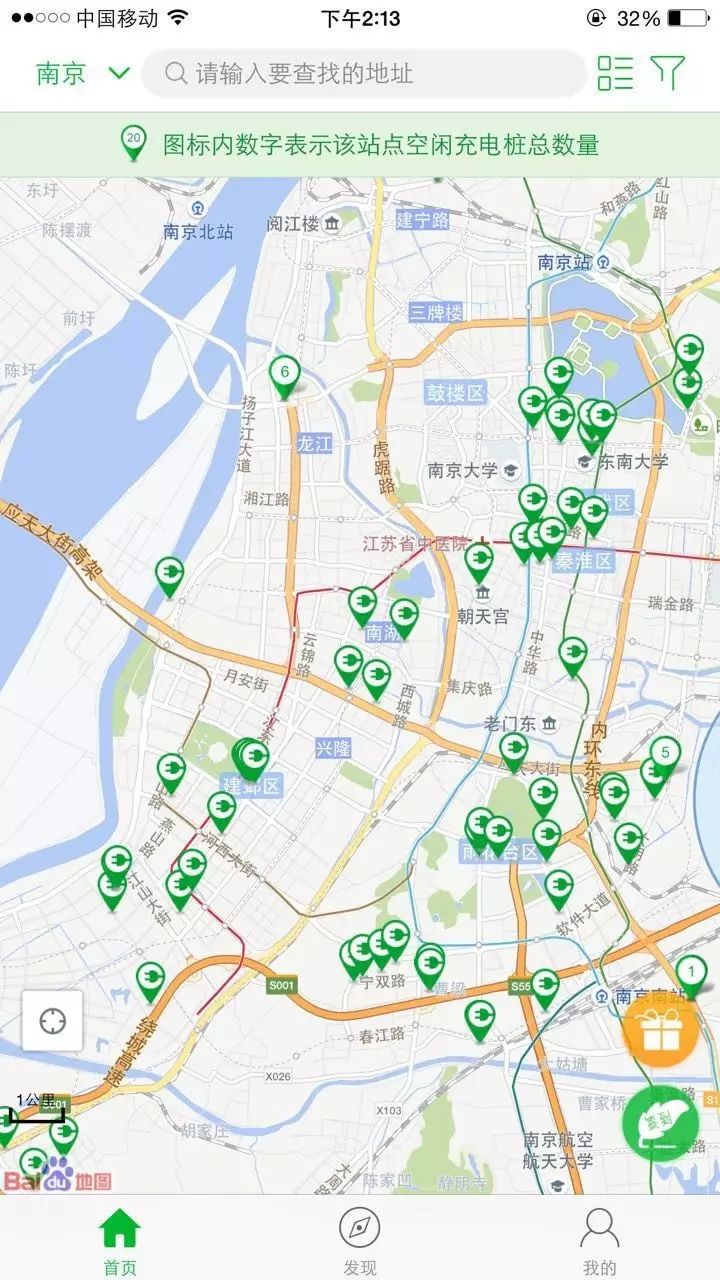 Figure 1 Charging Station App
Figure 1 Charging Station App
2. Introduction to Charging Stations
Charging stations are divided into DC and AC stations. Some charging stations are equipped with AC stations, while others are equipped with DC stations, and some have both AC and DC stations. Generally, a small-scale charging station has a dozen charging spots, while a large-scale charging station has dozens of charging spots.
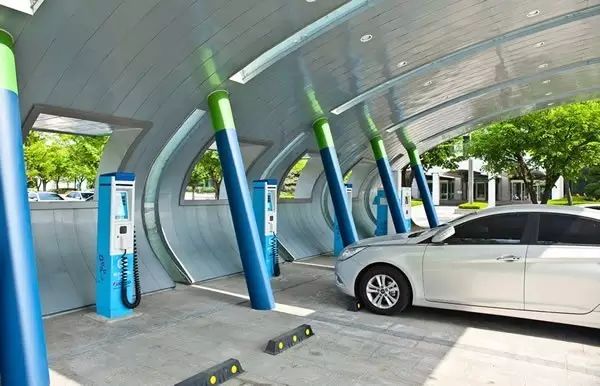 Figure 2 Charging Station
Figure 2 Charging Station
3. Wired Networking
Each station uploads its status to the host via a CAN bus, and then the host transmits the data to the backend server via Ethernet. The app processes the backend data and conveys the information to the end users. The disadvantage of this method is that the site must have internet access, and adding new charging stations later can be very troublesome.
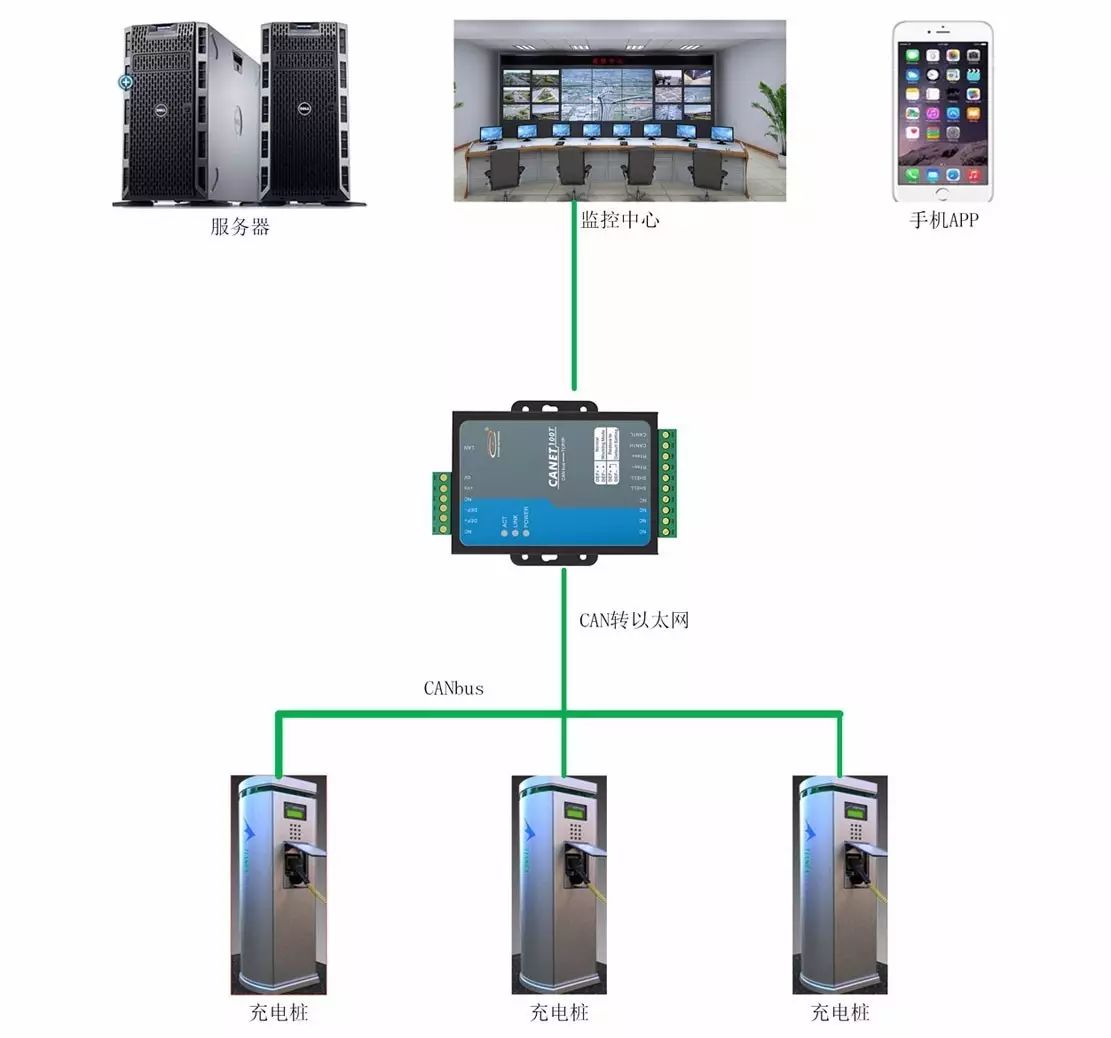 Figure 3 Wired Networking of Charging Stations
Figure 3 Wired Networking of Charging Stations
4. Wireless Networking
Each station is equipped with a ZigBee module, and any node can be selected as the main node. The main node is responsible for collecting and processing the data from the sub-nodes, which is then uploaded to the backend server via GPRS DTU. The advantage of this method is that there is no need for communication cables on-site and no need for internet access. It is also easier to add new charging stations later.
 Figure 4 Wireless Networking of Charging Stations
Figure 4 Wireless Networking of Charging Stations
Installing a GPRS DTU on each station can be a bit costly, and maintaining each GPRS DTU can be cumbersome since it requires recharging. Therefore, it is generally preferred to use ZigBee devices to form a network for each station and then upload the data through the GPRS DTU. The ZBCOM-300IE from Zhiyuan Electronics is equipped with the FastZigBee networking protocol, which allows for data transparency and is very easy to set up.
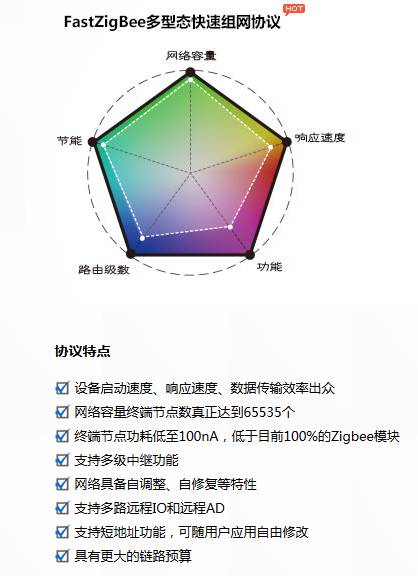 Figure 5 Features of FastZigBee Protocol
Figure 5 Features of FastZigBee Protocol
The GPRS DTU can support China Mobile and China Unicom networks, and this device is very easy to use; it only requires setting the server address, port number, and serial port baud rate for it to work.
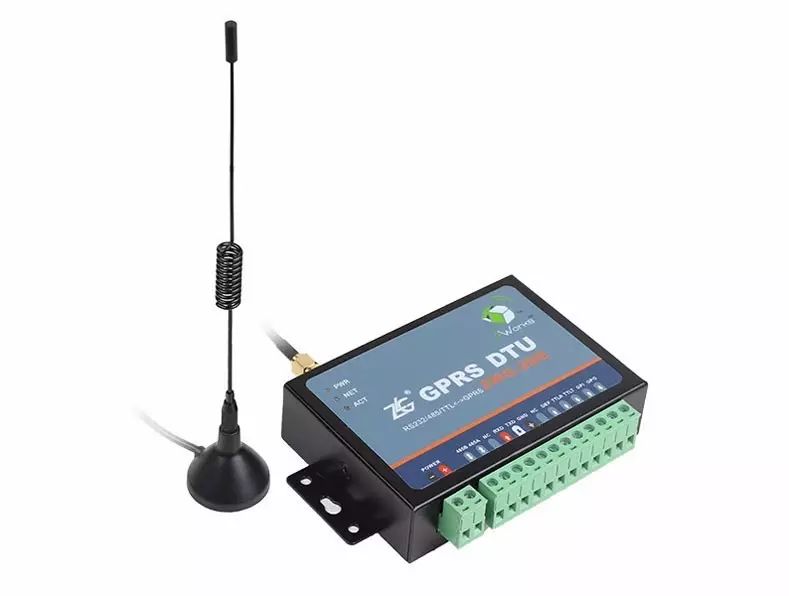 Figure 6 ZWG-20IE GPRS DTU
Figure 6 ZWG-20IE GPRS DTU
Contact Information
-
Sales Phone: 400-888-4005 ext. 1
-
Technical Support Phone: 400-888-4005 ext. 2
Zhiyuan Electronics (ID: ZLG_zhiyuan )
Haven’t followed Zhiyuan Electronics yet? You will miss out on daily valuable content! You will miss out on a history that subverts foreign brands!! Sometimes you want to prove something to ten thousand people, but in the end, you find that you only got one person who understands, and that is enough. Are you the porridge fan we’ve been waiting for? Our WeChat ID: ZLG_zhiyuan.
